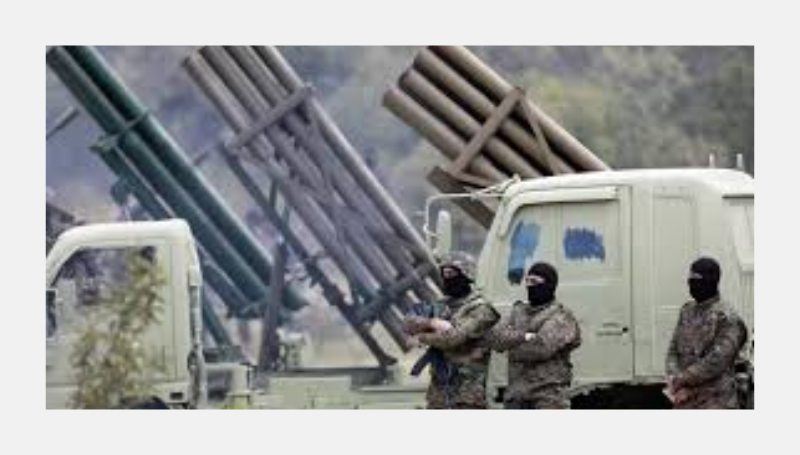Dr. Fiamma Nirenstein
Jerusalem Center for Security and Foreign Affairs, Nov. 27, 2024
“The Jewish state understands that continuing to battle Hizbullah diverts time and resources from the primary target: Iran, which is developing a nuclear bomb while reshaping its strategy of encirclement.”
The Hizbullah-Israel ceasefire is unlike the 2006 agreement, which fell apart the day after it was signed. In 2006, there was neither oversight nor capable actors to sustain it. Today a new awareness pervades the agreement after the October 7, 2023 massacre. The agreement expresses the end of illusions, yet with an understanding that it is necessary to move forward. The terms were similar back then, under Resolution 1701: Hizbullah was to disarm and retreat beyond the Litani River, and UNIFIL was to monitor, along with the Lebanese Army, ensuring that Nasrallah would not return to southern Lebanon.
It was a failed pact that intimidated the Lebanese population and the army’s Shiites, like UNIFIL, were ineffective and even complicit in opposing Israel. Tzipi Livni, who shepherded that agreement, paid the price with political failure. Taqiyya – a sanctioned falsehood for Islam – enabled the rebuilding of the Radwan forces along the border. The machinery of terrorist aggression stockpiled hundreds of thousands of missiles and drones and secretly dug tunnels near Jewish homes in the Galilee. After October 7, this escalated into a war of invasion alongside Hamas.
Why did the previous agreement fail? It lacked the mechanisms for oversight and intervention. Now Netanyahu is establishing, with U.S. support, an agreement that allows the monitoring of Hizbullah’s actions, and timely intervention if necessary. Radwan must stay far away from the border, be disarmed, and cannot rebuild their sham villages – now destroyed – that were previously filled with weapons and tunnels. For the first time, any truck approaching will be inspected to ensure it does not carry arms. ….SOURCE


